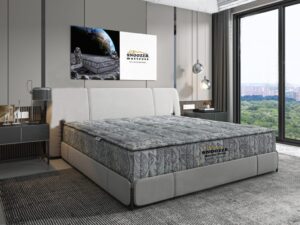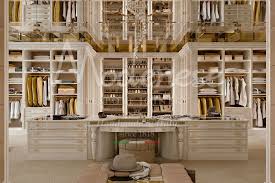The kitchen island has evolved from a simple food prep station to the true heart of the modern kitchen. It’s a hub for cooking, dining, entertaining, and sometimes even working. Whether you’re remodeling or building new, designing the perfect kitchen island requires careful planning around space, usage, and aesthetics.
Why the Kitchen Island Matters
- Enhances workflow with added counter space and storage
- Encourages interaction in open-plan layouts
- Offers seating and informal dining options
- Acts as a design focal point and style statement
Ideal Island Size: Getting the Dimensions Right
| Kitchen Size | Ideal Island Length | Ideal Island Width | Recommended Clearance (All Sides) |
|---|---|---|---|
| Small (8–10 ft) | 4–5 ft | 2–3 ft | 36–42 inches |
| Medium (12–15 ft) | 6–7 ft | 3–4 ft | 42–48 inches |
| Large (15+ ft) | 8–10+ ft | 4–5 ft | 48+ inches |
Pro Tip: Always ensure there’s at least 36 inches of walkway around the island—more if multiple people will cook together.
Key Functions to Consider
1. Food Prep Zone
- Add a sink, butcher block, or prep station.
- Keep knives, cutting boards, and waste bins nearby.
2. Cooking Station
- Install a cooktop or range with proper ventilation.
- Use heat-resistant surfaces like granite or quartz.
3. Casual Dining Area
- Add seating with overhangs of 12–15 inches.
- Bar stools or counter-height chairs work best.
4. Storage Solution
- Include drawers, pull-outs, or open shelves.
- Great for pots, utensils, or small appliances.
5. Tech & Charging
- Integrate USB outlets and hidden power strips.
- Ideal for tablets, phones, or even working remotely.
Choosing the Right Island Layout
| Island Style | Best For | Notes |
|---|---|---|
| Single-Level Island | Most homes | Clean, seamless look; ideal for open layouts |
| Multi-Level Island | Families or entertainers | Separates prep and eating zones |
| Mobile Island | Small or compact kitchens | Easy to move; great for flexible layouts |
| Galley Island | Long kitchens or parallel layouts | Narrow and functional |
Materials & Finishes: Balancing Durability with Style
- Countertops: Quartz (low maintenance), marble (luxury), butcher block (warmth)
- Cabinetry: Painted MDF for modern looks, oak or walnut for natural texture
- Hardware: Brass or matte black handles for a statement finish
- Lighting: Pendant lights over the island to define the space
Styling Tips to Make It Stand Out
- Mix materials—use a contrasting countertop or base color to differentiate the island.
- Add open shelving or display space for curated cookware or decor.
- Consider waterfall edges for a high-end, seamless look.
- Use bold pendant lights or sculptural fixtures to draw attention.
Common Mistakes to Avoid
- Ignoring the flow—don’t cram a large island into a small kitchen.
- Skipping ventilation—especially if placing a cooktop on the island.
- Forgetting power access—no one likes hunting for an outlet mid-recipe.
- Poor seating planning—ensure legroom and spacing between stools.
Is a Kitchen Island Right for You?
Ask yourself:
- Do you have enough clearance around the island for safe movement?
- Will the island enhance your workflow or block it?
- Are you planning to use it for seating, cooking, or both?
If the answer aligns with your lifestyle, an island can be a game-changer.
Designing the perfect kitchen island is a balancing act between practicality and personality. The ideal island doesn’t just look great—it works hard for your everyday life. By considering the right dimensions, functionality, layout, and style elements, your island can be the centerpiece that ties the whole kitchen together. Whether it’s a sleek prep zone or a cozy hangout spot, make sure it reflects how you live—and cook.

)
)
)
)




